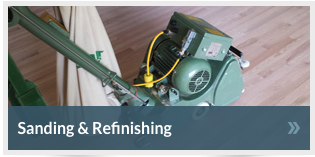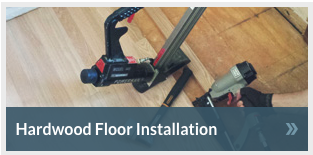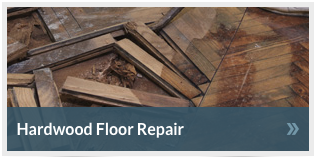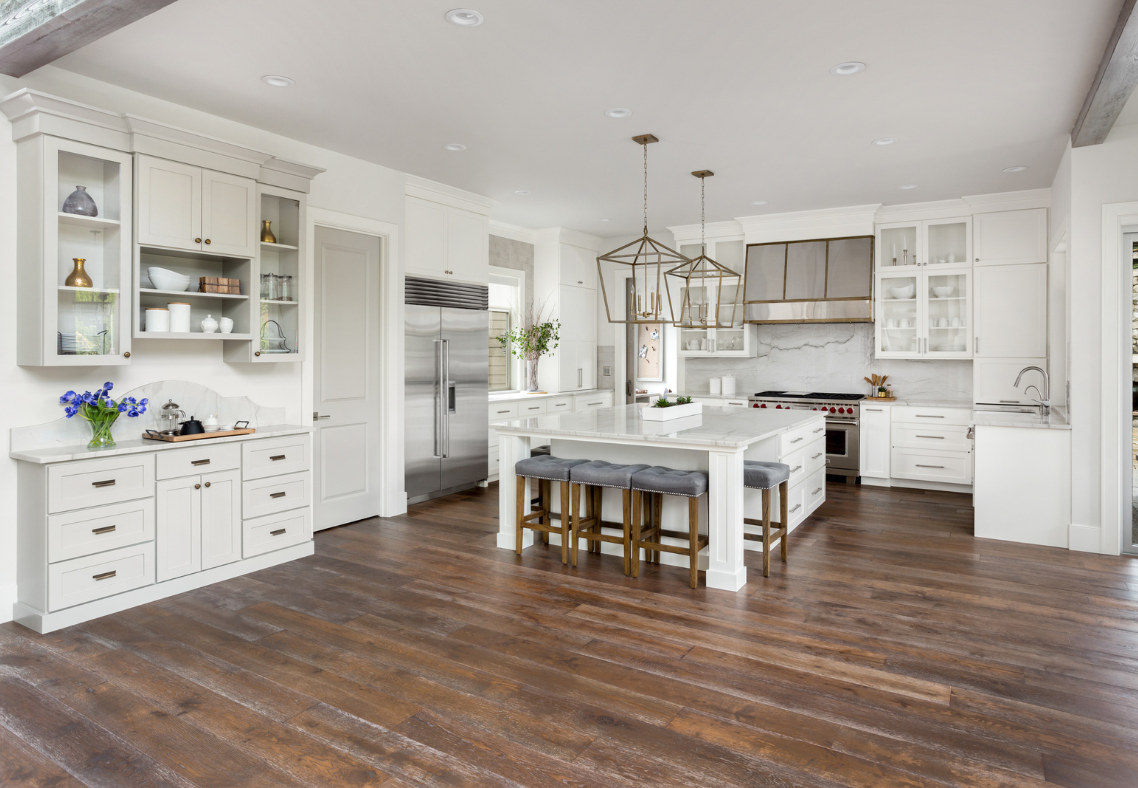How To Match Old Hardwood Floors To New Ones
When renovating or expanding your home, matching new hardwood floors to existing ones can be challenging yet crucial for maintaining a cohesive look. This is particularly important for homeowners in Baltimore County, where preserving the charm of historic properties is a priority. The key to a seamless blend lies in choosing similar wood species, board widths, finishes, and textures. By carefully considering these factors, you can ensure that your new flooring complements the old, enhancing your home’s overall aesthetic and value.
Answering The Question: How To Match Old Hardwood Floors To New Ones?
Why Matching Matters
The charm of hardwood floors lies in their timeless beauty and durability. Over time, they develop a unique character that reflects the history of your home. When it comes to renovations or additions, it’s crucial to match the new flooring with the existing hardwood to preserve this character. Mismatched floors can disrupt the visual flow of your home, making the transition between rooms feel disjointed. For Baltimore County homeowners, where historic homes and modern renovations often coexist, ensuring continuity in flooring is especially important.
Step 1: Identify the Existing Wood Species
The first step in matching old hardwood floors to new ones is identifying the wood species of your existing floors. Common hardwoods include oak (both red and white), maple, hickory, and cherry. Each species has distinct grain patterns, color variations, and hardness levels. For instance, red oak is known for its pronounced grain and warm hues, while maple has a more subtle grain and lighter color. To determine your existing wood species, take a sample of your flooring to a local flooring store in Baltimore County. If you’re unsure how to remove a sample, consulting with a flooring professional, like those at Flawless Floors, can help you identify the species without damaging your existing floor.
Step 2: Choose Similar Flooring Styles
Once you’ve identified the wood species, it’s important to choose new flooring that matches the style of your existing floors. If your home has solid hardwood, consider using the same material for the new installation. However, if you’re working with engineered wood, which is more stable and less prone to moisture damage, ensure that the new boards have a similar construction and thickness. Mixing different types of hardwood, such as solid and engineered, can work as long as the styles are similar. For example, pairing solid oak with engineered oak can create a cohesive look if the grain patterns, stain colors, and finishes are well-matched.
Step 3: Match the Board Width
The width of your floorboards plays a significant role in achieving a uniform look. Older homes in Baltimore County might have narrower boards, while modern installations often feature wider planks. Measure the width of your existing floorboards and look for new flooring that matches or closely approximates this dimension. If an exact match isn’t available, opt for a width that complements the overall aesthetic of your home. In some cases, transitioning to a slightly wider or narrower plank in a different room or section of your home can add visual interest without disrupting the flow.
Step 4: Color Matching the Finish
Color matching is perhaps the most challenging aspect of blending new hardwood with old. Over time, hardwood floors undergo natural color changes due to exposure to sunlight and wear. Even if you know the original stain color, the existing floors may have darkened or lightened since their initial installation.
To match the color of your new floors to the old ones, start by comparing stain samples in natural light. Baltimore County homeowners can benefit from the region’s variable lighting conditions, which range from bright, sunny days to overcast skies, by checking how the colors compare under different lighting. When selecting a stain, it’s better to go slightly lighter rather than darker, as you can always apply additional coats to deepen the color.
Step 5: Consider the Texture
The texture of your hardwood floors can also affect how well new boards match the old ones. Some floors have a smooth finish, while others may feature wire-brushing, hand-scraping, or other texturing techniques. These textures can create subtle variations in how the floor reflects light and feels underfoot. When shopping for new flooring, look for boards with a similar texture to your existing floors. If your current floors have a hand-scraped finish, opt for new boards that mimic this look. Similarly, if your floors are smooth, avoid textured boards that may stand out.
Step 6: Match the Sheen
The sheen, or gloss level, of your hardwood floors can impact how well new and old boards blend together. Sheen levels range from matte to high gloss, with each level reflecting light differently. A matte finish provides a more natural, understated look, while high gloss offers a shiny, reflective surface. To achieve a consistent appearance, match the sheen of your new flooring to that of your existing floors. If you’re unsure about the current sheen, consult with a flooring professional who can help you identify the correct level and recommend products that will match.
Step 7: Transition Strips and Blending Techniques
In cases where an exact match isn’t possible, transition strips can be used to create a smooth transition between old and new floors. These strips are especially useful in doorways or between rooms with different flooring types or colors. Blending techniques, such as feathering or staggering the new boards into the existing ones, can also help create a seamless appearance.
Feathering involves gradually introducing new boards into the existing floor by interlocking them with the old boards. This technique can create a more natural transition, especially when the color or grain pattern isn’t a perfect match. Staggering, on the other hand, involves offsetting the seams of the new boards from the old ones, which can help disguise any differences.
Contact Flawless Floors Today for Floor Installations in Baltimore County, MD
If you’re looking to match new hardwood floors to your existing ones, Flawless Floors in Perry Hall, MD, has the expertise to help. Our team of skilled professionals understands the unique challenges of blending old and new floors, and we’re committed to delivering results that exceed your expectations. Whether you’re renovating a historic home or updating a modern space, we’ll work closely with you to ensure a seamless, beautiful finish.
Don’t leave the matching process to chance—trust the experts at Flawless Floors. Contact us today to schedule a consultation and learn more about our hardwood floor installation and refinishing services. Serving Baltimore County, MD, and the surrounding areas, we’re your go-to source for all your flooring needs. Let us help you transform your home with perfectly matched hardwood floors that enhance the beauty and value of your space.

Sanding & Refinishing

Installation

